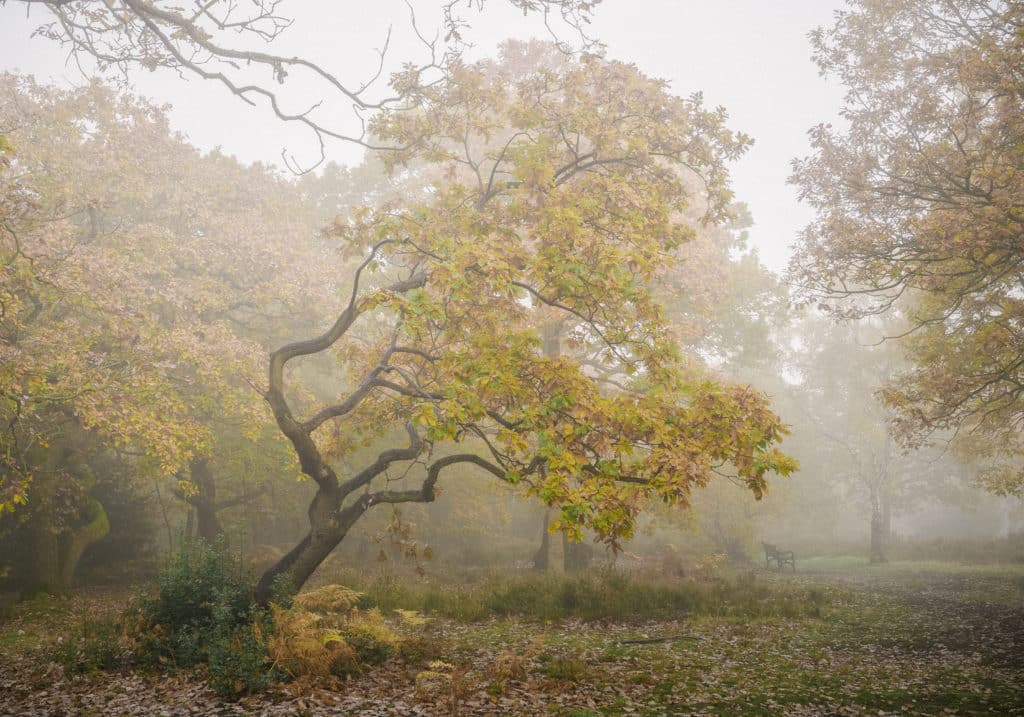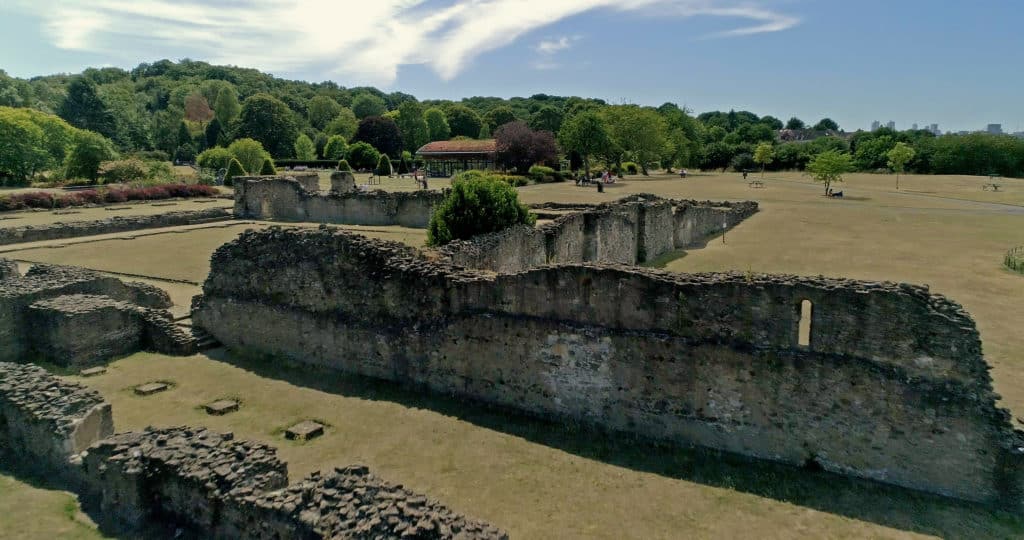
Lesnes Abbey Woods, Bexley, is a hidden treasure in the heart of suburban London. Containing the remains of Lesnes Abbey, founded in 1178, the wood includes a diversity of wildlife habitats. Its importance is reflected in its status as a Metropolitan Site of Importance for Nature Conservation and a Local Nature Reserve.
Bird transects were set up within the wood in 2019 and they have been walked on a monthly basis ever since. In this Joy of Recording article we hear from 2 fantastic volunteers, Charles and Andrew, who give up their time every month to walk these transects and then send the resulting records to GiGL.
GiGL then provide Ian Holt, the wood’s Estate Manager, with an annual report on the transects under LB Bexley’s Service Level Agreement. Ian discusses his involvement with GiGL and explains how the annual report improves understanding of the site, provides educational opportunities for visitors and will provide feedback on population dynamics and management regimes.
As with a lot of recording effort in London, this dataset would not be possible without the dedication and commitment of volunteers. We are forever grateful that there are individuals who are passionate about their local area and keen to get involved. It is not necessary to be an expert to share records with GiGL; if you would like to send in records from your garden or local park please visit the website Submit Records – GIGL for different ways you can share records with us.
Charles Schmidt, Volunteer
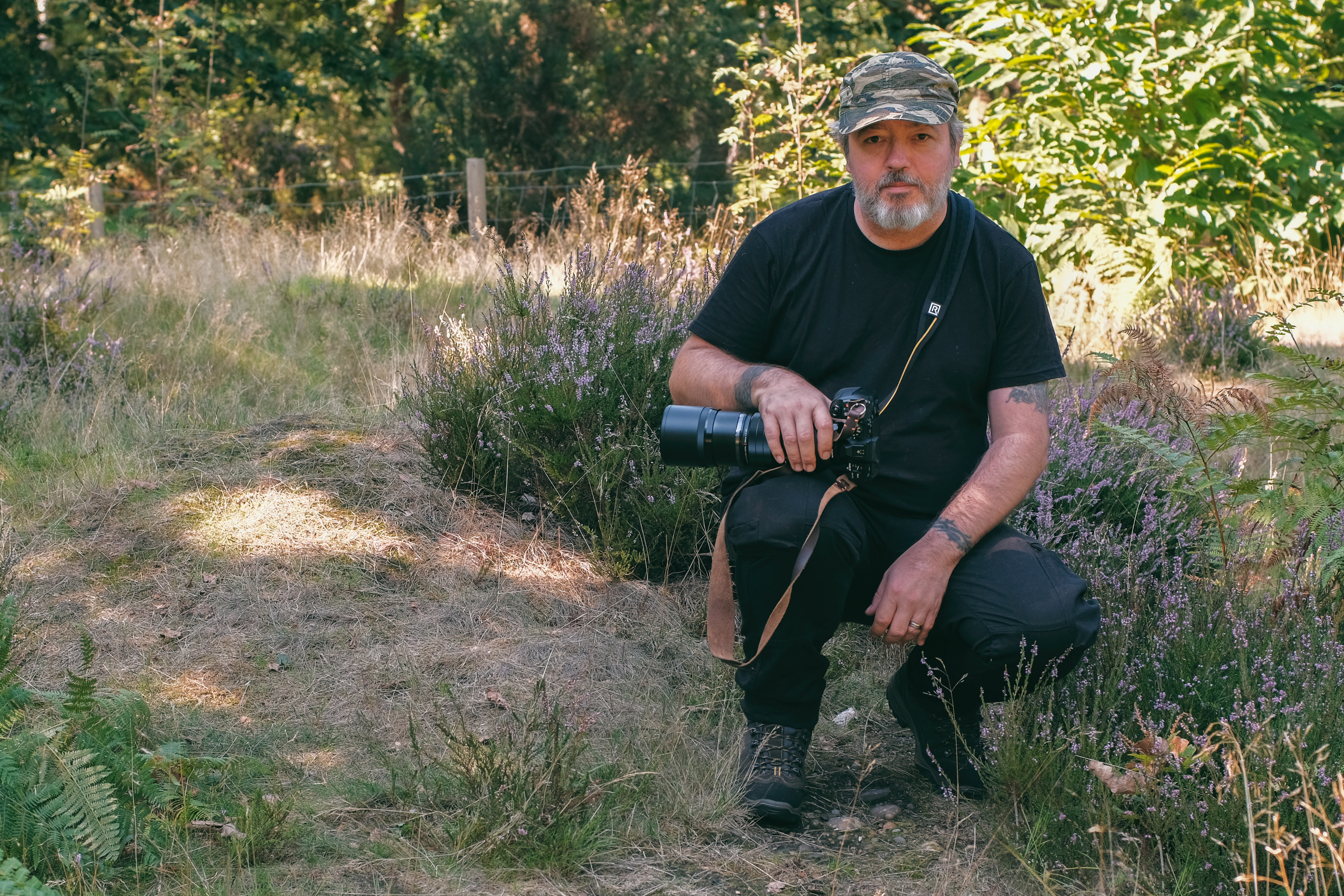
I remember balmy summer mornings heading into the woods, sun already streaming through the trees. Singing of birds all around me, squirrels running up and down trees. A gentle breeze rustling the leaves as I wander pathways of twisted roots. The contrast of light and shadow forming shapes and faces in the contorted growth of old trees.
This is a magic place, a place of balance, harmony, a place where you can observe the intimate relationship between the earth and the creatures that inhabit it.
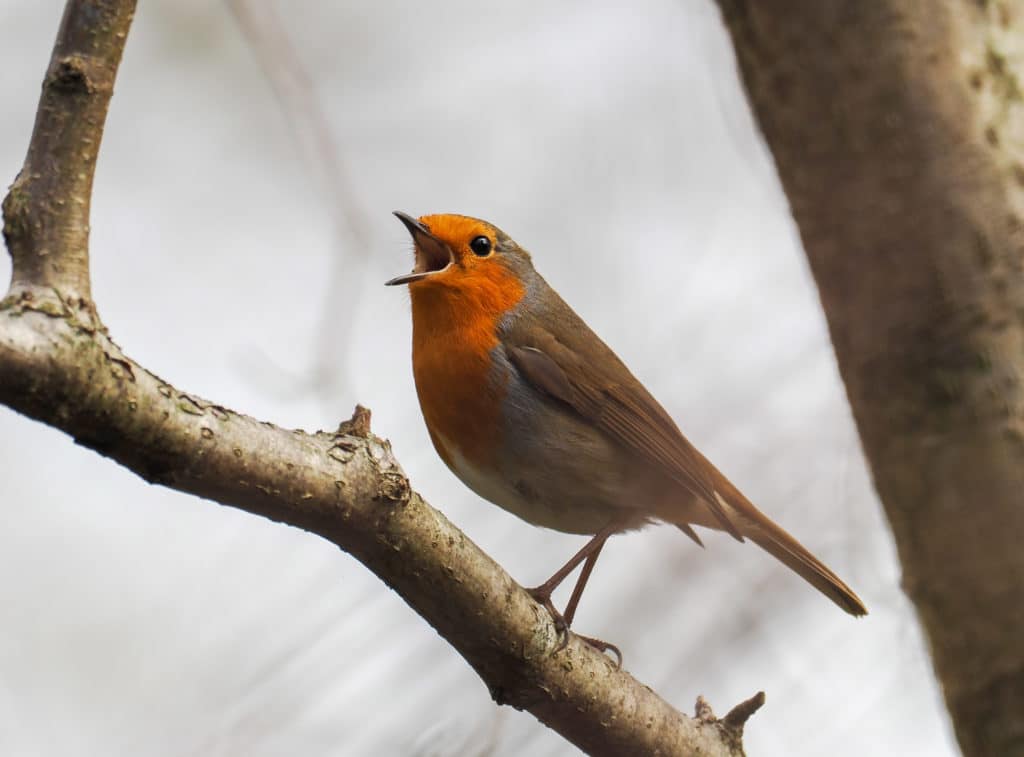
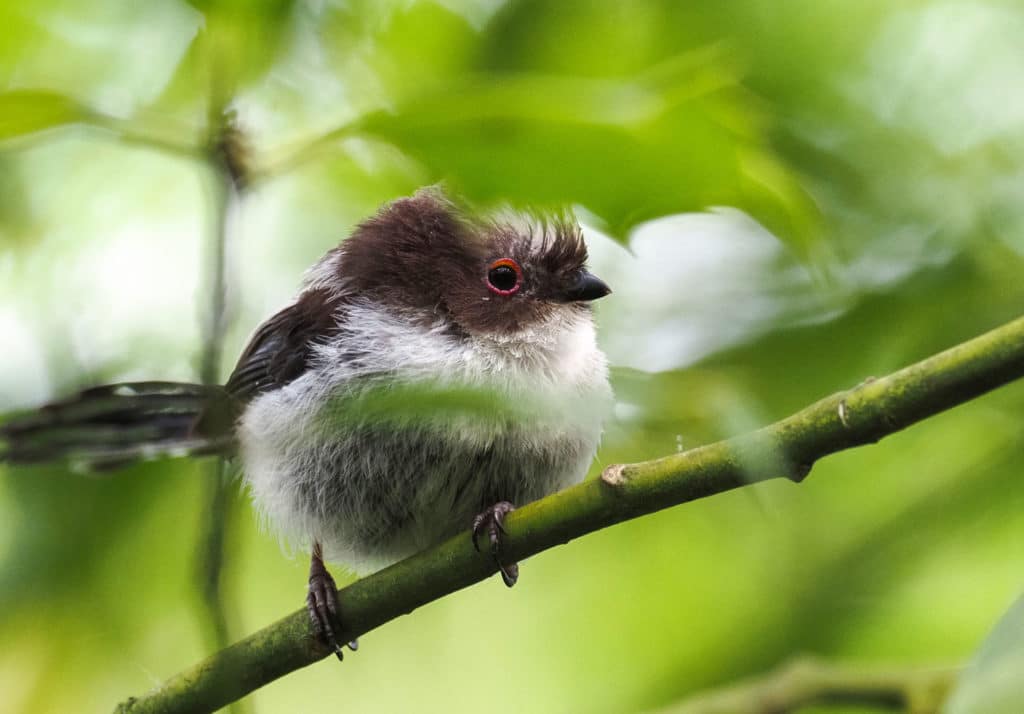
I’ve walked these woods for years now, in all seasons, photographing the mood created by the changing light, soft misty mornings, fog making distant trees appear as giants rising out of nothingness. Cold winter winds cutting through leafless trees, birds huddled into themselves for warmth. Rain, relentless rain, mud, snow, ice and gales that pull trees over, that throw branches across pathways.
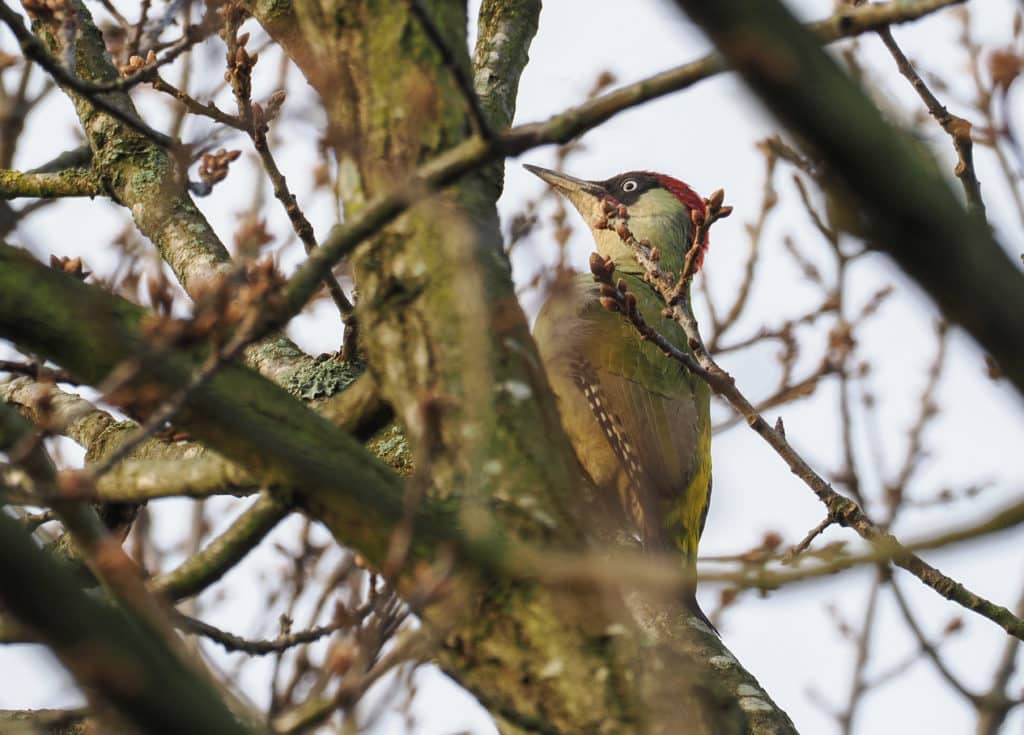
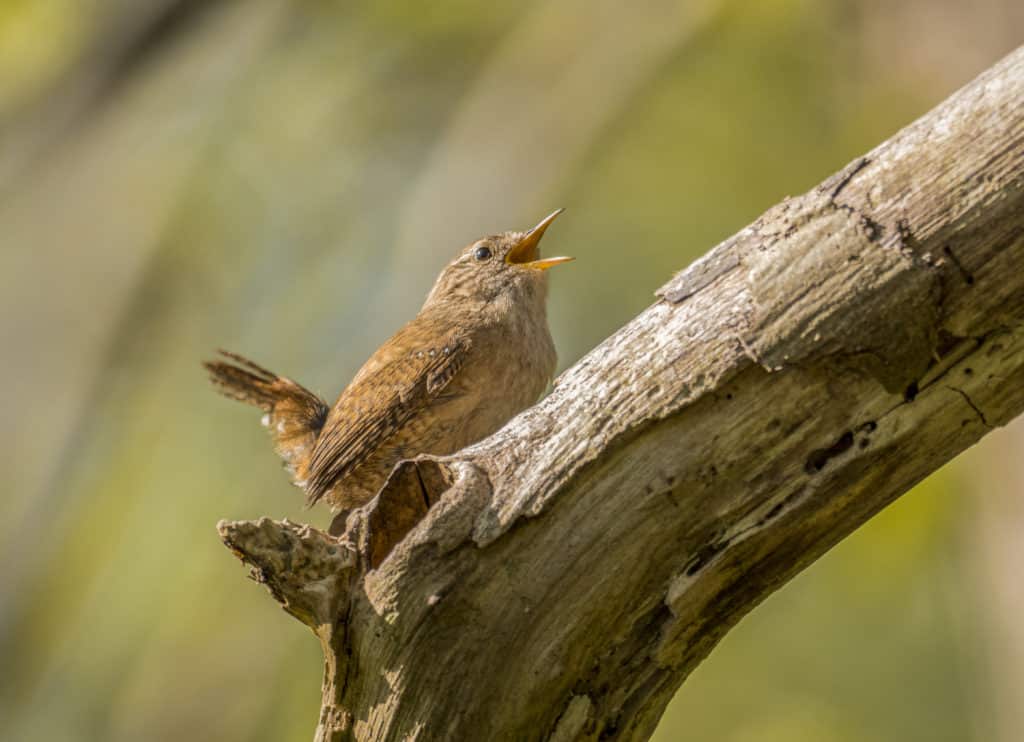
Lesnes Abbey Woods was fundamental to my mental wellbeing during the covid-19 lockdown. Chatting with the early morning dog walkers at a distance, avoiding each other, being able to get out in the fresh air was a wonderful thing and I’m so grateful to live near enough to go for daily walks.
But this is about transects. Usually I’d do them all in one day, lots of exercise, up and down hills. I’d use a combination of eyes and ears complimented by an app on my phone to help confirm species. I’d also use a camera with a long lens (840mm) to help identify small birds. The part I loved the most was in summer, entering the woods at 6 or 7 am, bright sunshine – birds all awake and active.
There isn’t much more to say. I responded to an ad online and connected with the team, got some training by the amazing Dave Clark and started to explore.
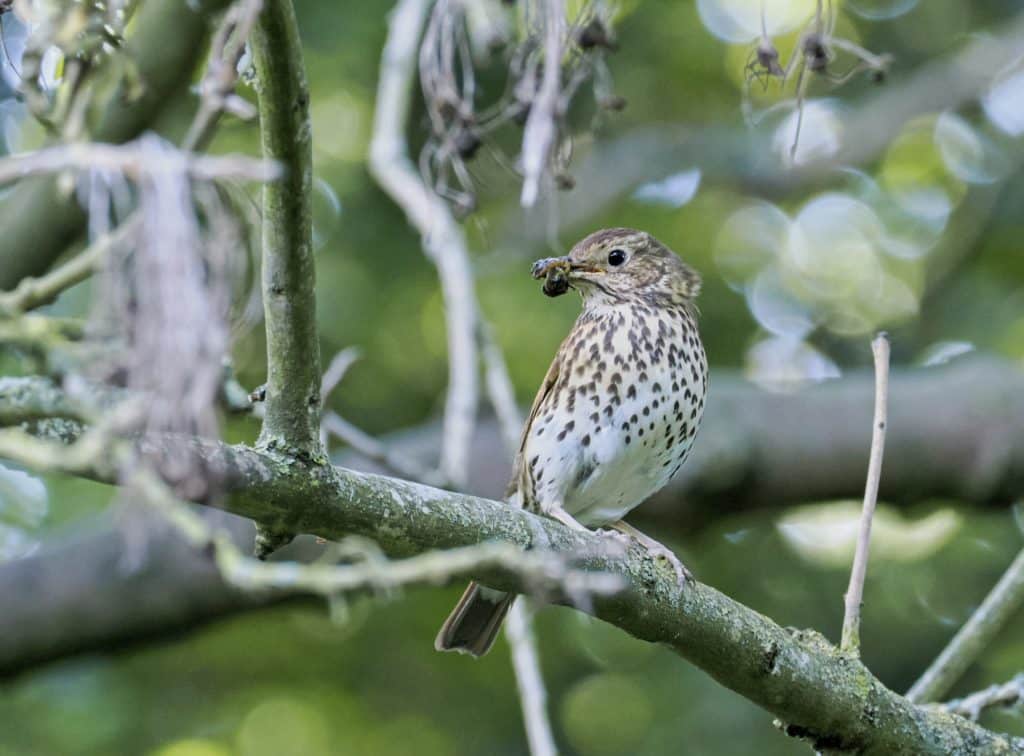
Andrew Ward, Volunteer
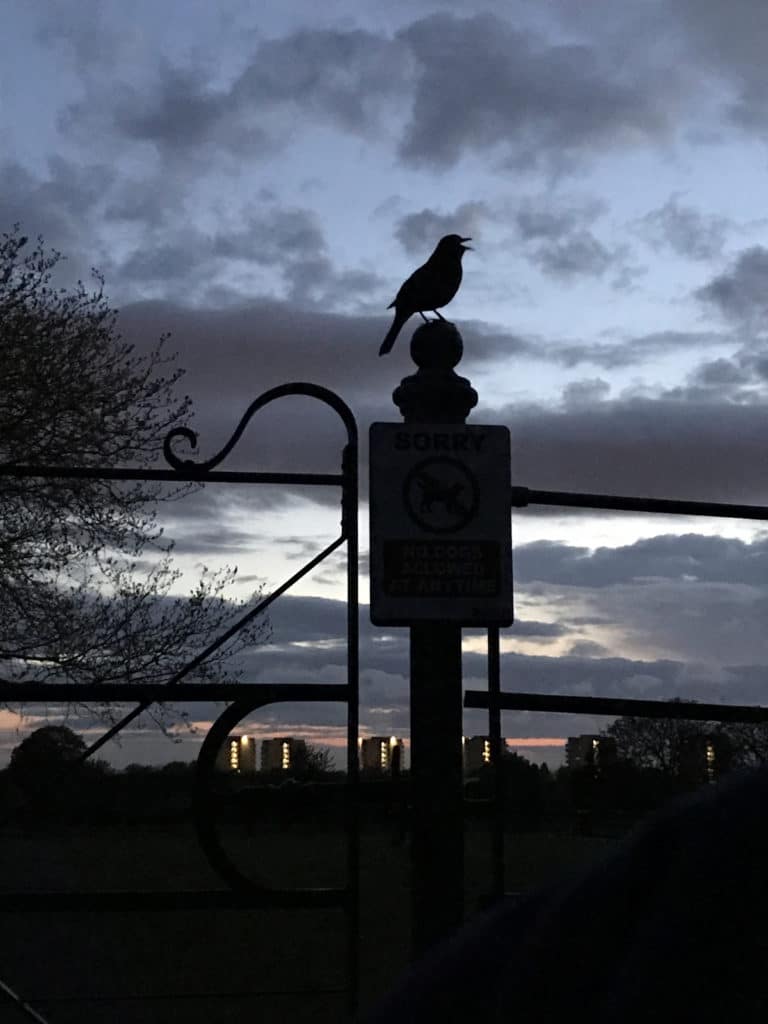
I’ve always been interested in the natural world inspired by David Attenborough’s ‘Life on Earth’ in the 1970s and everything he’s done since. As a kid growing up in South East London I was an avid collector of anything that moved and was small enough to keep in a small tank at home; worms, snails, ants, frogs and toads. Whenever there was some building working going on locally I’d fill a milk bottle with sand and collect ants to put in them and watch them build tunnels. All got returned back where they came from after a couple of days of watching them, or in the case of snails a bit of snail racing.
Back when frog spawn was to be found everywhere I’d collect some in early spring, watch them hatch and change into froglets and then release them back in their pond they came from. As a keen young angler I got just as much enjoyment looking out for water rails, kingfishers, voles, mink or from watching the fish on gravel beds as I did from the fishing itself so it was no surprise that I got drawn to birding at some point.
I’m not sure when the transition happened but for many years I would drive up and down the UK checking out new places and habitats looking for new birds. This dried up as work and family commitments took over so when I saw a call for volunteers to carry out a regular bird survey at the local Lesnes Abbey Woods I put my name forward.
Originally 3 of us surveyed 5 transects across different areas of the wood, though there are now two of us. For nearly 4 years I have walked 3 transects once a month (well nearly every month) which take about two hours in total, though I usually do them on different days. The birds encountered are not rare or unusual, but when on your local patch birds common elsewhere are rare and unusual. Recent highlights include woodcock, raven, stonechat and pied flycatcher.
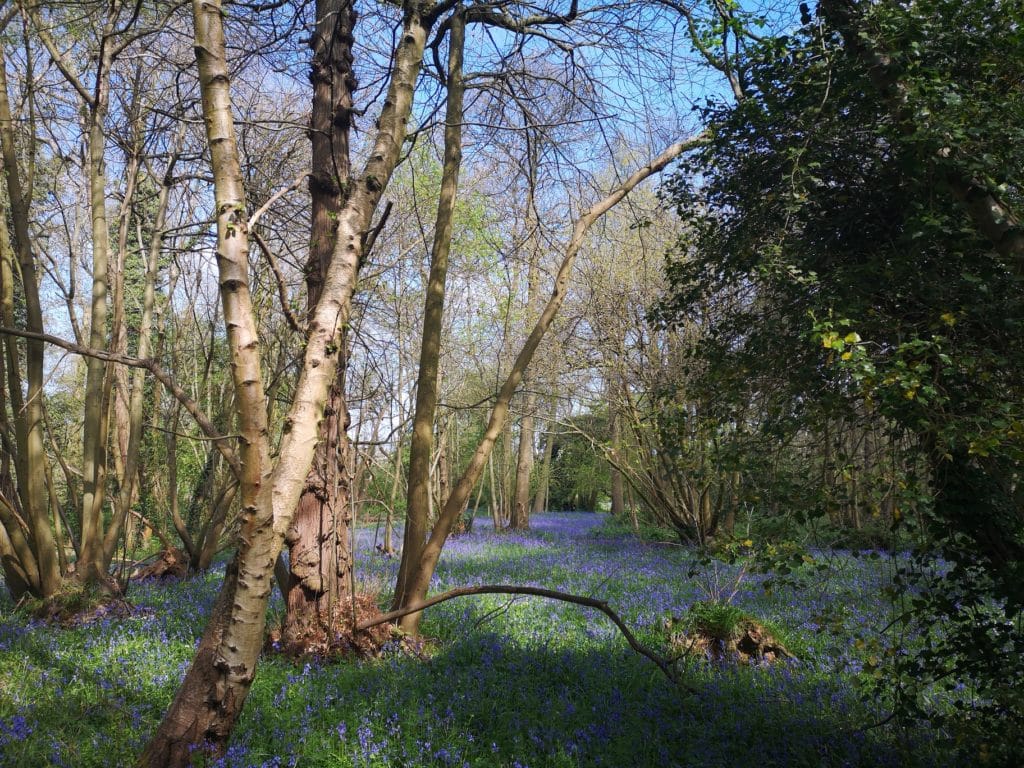
When recording you are more tuned in to sights and sounds and take more notice of the changing seasons, recognising the appearance of the first bluebells, butterflies and blackcaps. The normal charge through the woods with a spaniel is slowed down and regular pauses are needed to take everything in. This slower pace is relaxing and gives me an inner calm and respite from an otherwise busy and frenetic life, being in the moment, mindfulness with a purpose. I’ve always liked to put a label on things and transects give the challenge of identifying birds, often by call only. In a previous life I worked as a research scientist so this fills my need to collect data and track trends and patterns.
I know that I play a very small part in gathering data, but when added to the work of all the other local recorders it becomes part of a much larger dataset that can be used to track changes in the environment over time and make decisions about how the local area should be used and managed. I am rather cynical about how much difference this makes to protection of the environment, development seems to happen regardless. ‘Growth’ seems to trump all. However another local woodland was saved from the chop to make way for a road scheme at the beginning of the new millennium so you never know, the data we collect today may become a baseline for decision making in the future.
Ian Holt, Estate Manager for Lesnes Abbey Woods
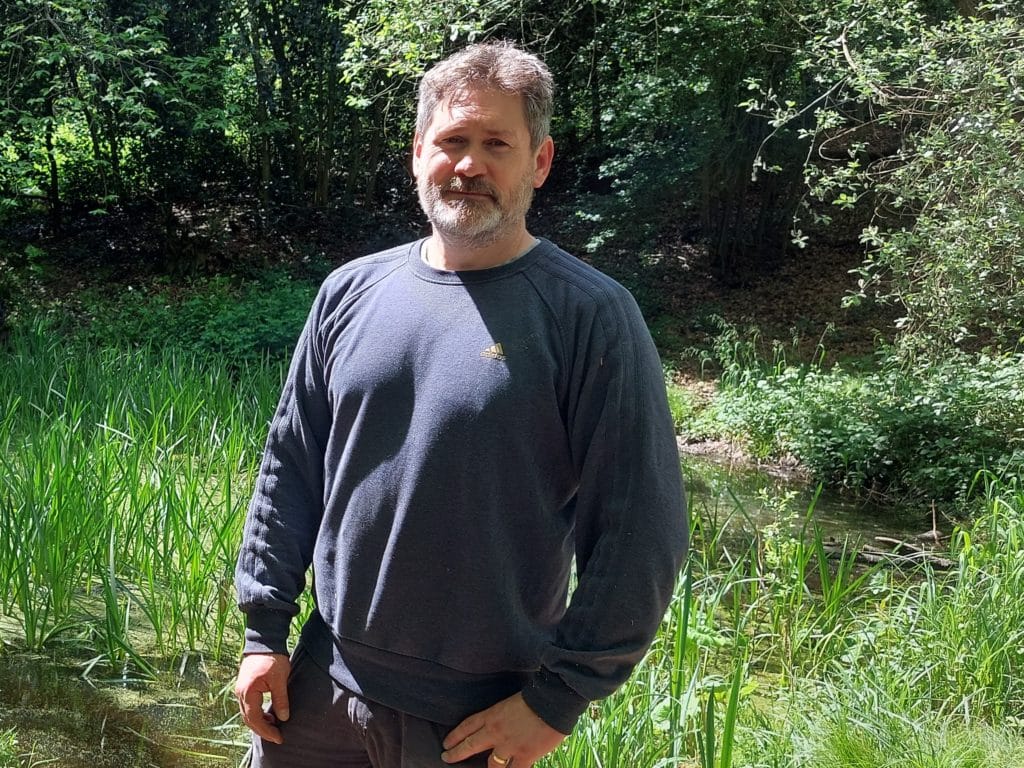
Biological recording at Lesnes Abbey Woods can take many forms, data can come as the result of a one-off sighting, a training course, field visit or dedicated transect. In all cases we try to make sure this information goes to GiGL. By providing GiGL with this data the information becomes significantly more useful than could otherwise be the case. All too often records can sit in files or a spreadsheet as nothing more than an un-viewed list, but working in partnership with GiGL the data can be transformed into useable tools to help manage a site, educate, or even inspire.
GiGL have helped us by providing maps, tables and graphs that bring the data to life and give it meaning. Annual bird survey reports that GiGL have produced from records collected by volunteers have raised awareness amongst visitors to the importance of the site and further enthused the recorders. Over time these reports will help us to see what changes have occurred and help us to assess what effect management practices have had.
I’ve worked in Nature Conservation in London for 25 years or more and in each of my posts I have had support from GiGL or its predecessor in some capacity or another. A mistake a lot of people make is to think that GiGL just stores data when in fact the range of services they offer is extensive. Amongst other things, GiGL has helped me write and deliver management and Biodiversity Action Plans and make successful grant applications. I look forward to working with them for many years to come.
